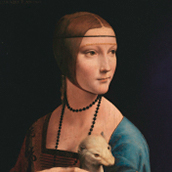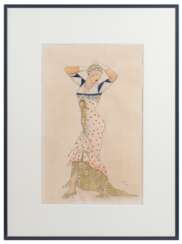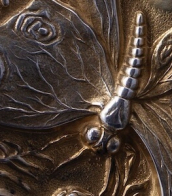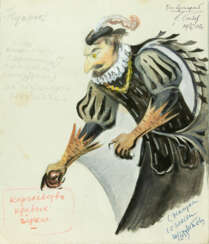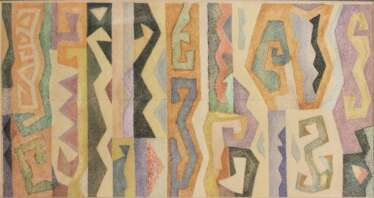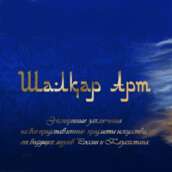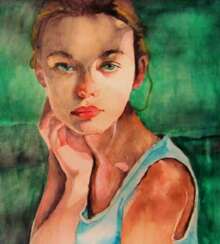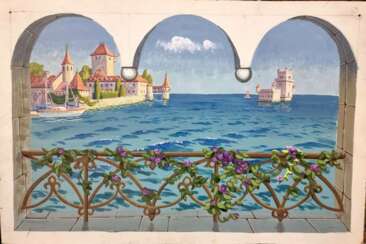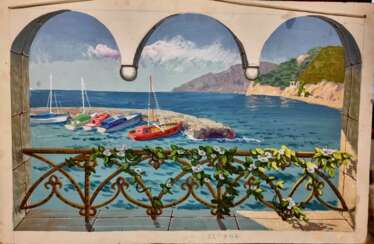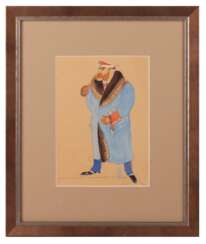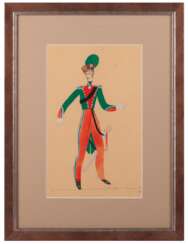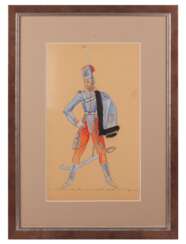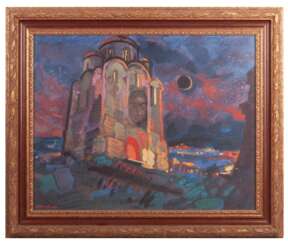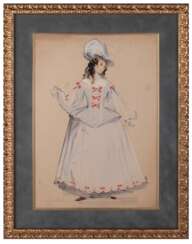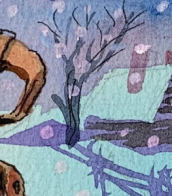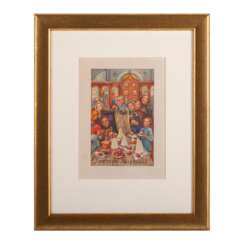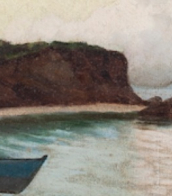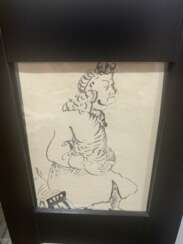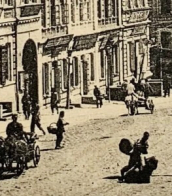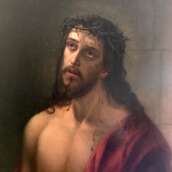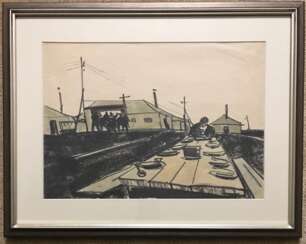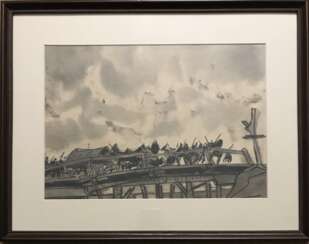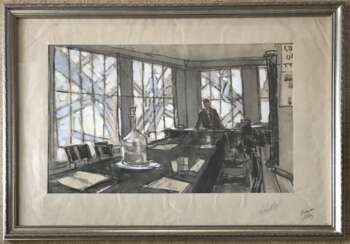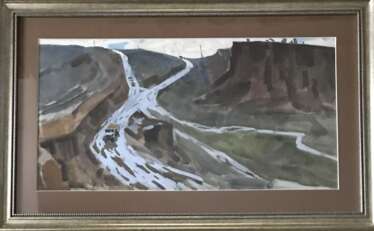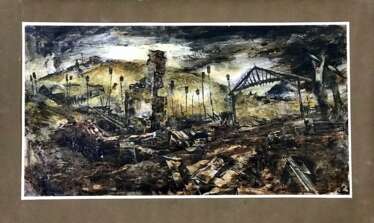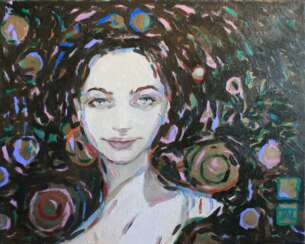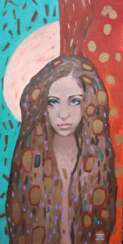эскиз
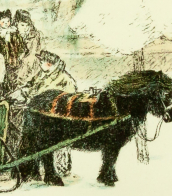
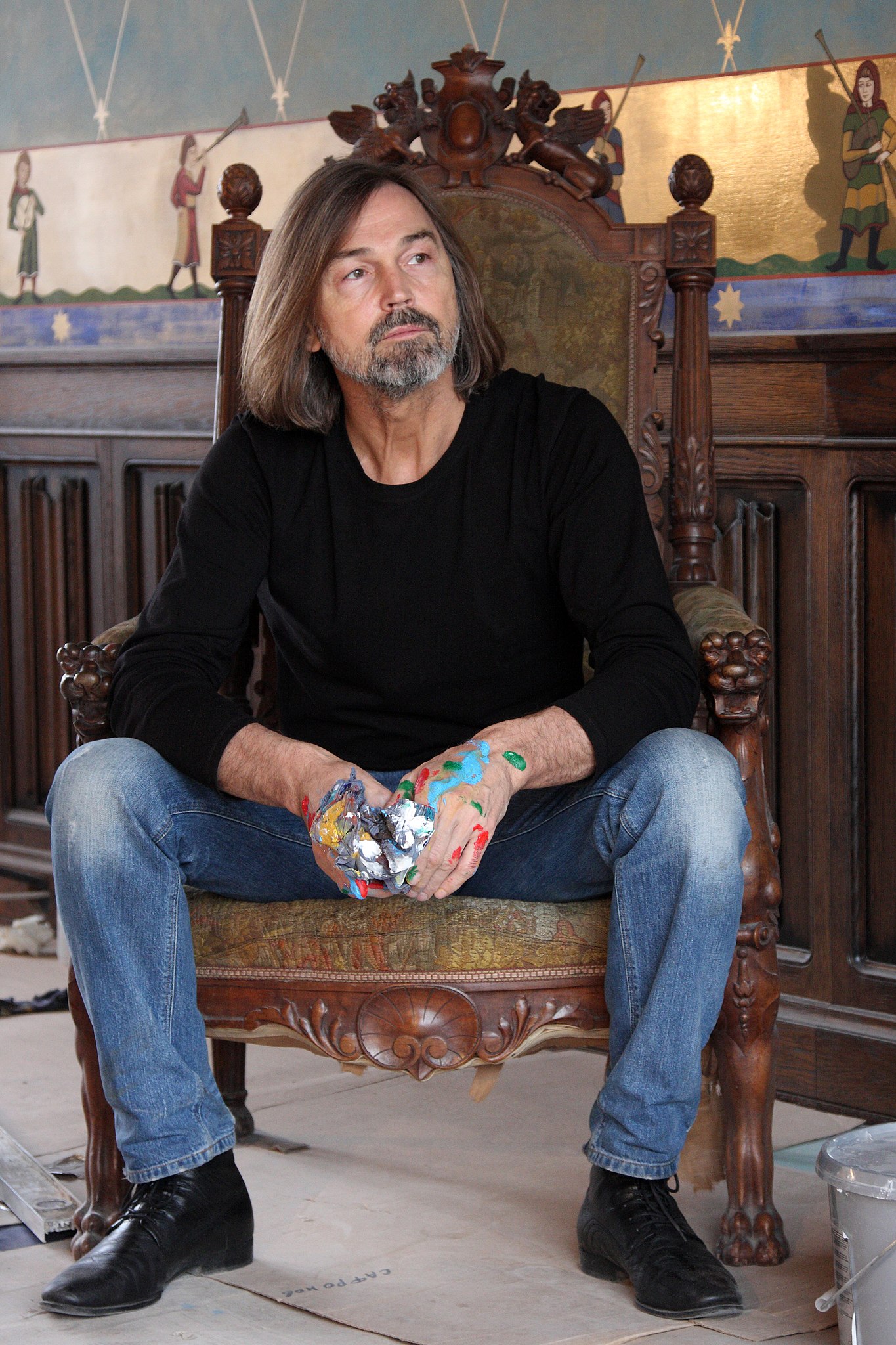
Nikolai Stepanovich (Nikas) Safronov (Russian: Ни́колай Степа́нович (Никас) Сафро́нов) is a Soviet and contemporary Russian artist and teacher, the founder of the school of painting in Moscow. He works in different genres, directions and styles and invents new formats in art. Safronov is sometimes called the "Russian Salvador Dali" for his outrage and love of experimentation.
Nikas Safronov is known as the author of psychological portraits of famous politicians, actors, pop stars. In a number of his paintings modern personalities turn into heroes of ancient works. Safronov's animalistic works, depicting half-cats, half-dogs and other representatives of fauna with human features, are also widely known.
Safronov created his own special direction in the fine arts - Dream Vision. It is a synthesis of classical painting and subconscious feelings, visions of the artist, in which it is difficult to catch the boundary between reality and fantasy. Some paintings are reminiscent of Impressionist works: the blurred details make up a coherent impression.

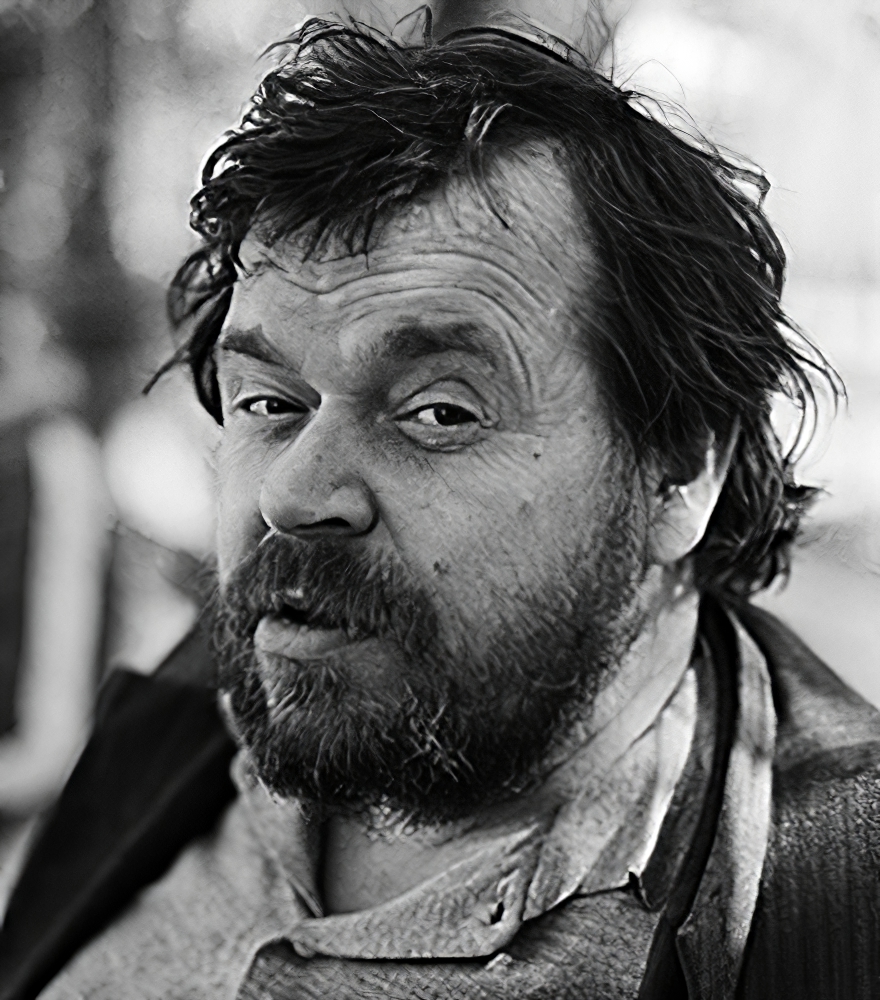
Anatoly (Anatoli) Timofeevich Zverev was a Russian artist, a member of the non-conformist movement and a founder of Russian Expressionism in the 1960s. He spent all of his life in Moscow.
He did not have a solo show in Russia until shortly before his death in 1986 and his work was exhibited in small, underground galleries. Throughout his career he was harassed and persecuted by the Soviet authorities especially as his international success grew.
